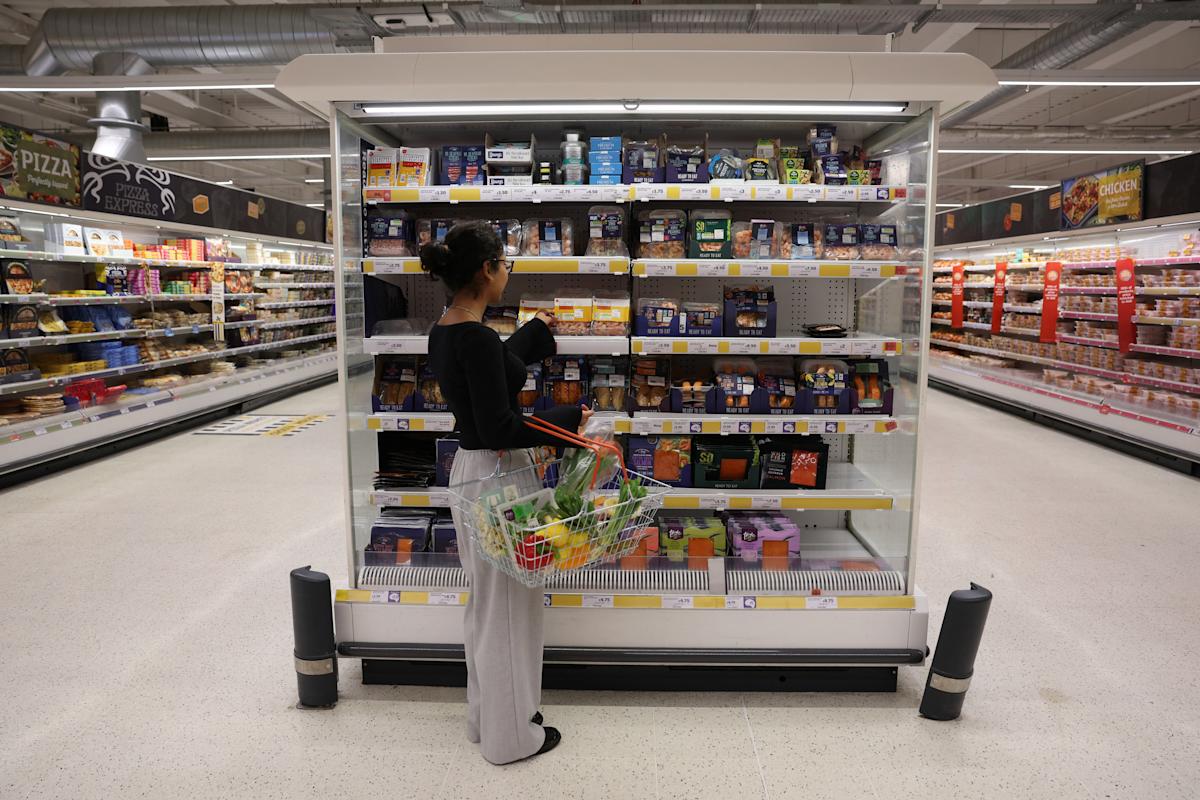The British Retail Consortium (BRC) has issued a stark warning that food inflation will remain above 5% well into 2026 if the retail sector faces additional tax hikes in the upcoming autumn budget.
While the UK government has committed to reducing business rates for retail, hospitality, and leisure properties, around 4,000 large shops may see their rates increase if they fall within the scope of a new business rates surtax targeting properties with a rateable value exceeding £500,000.
The BRC’s warning is compounded by fresh concerns over the cost of living, according to a new survey of 2,000 people conducted by Opinium for the organisation. The survey revealed that the primary concern for respondents in the year ahead was the issue of “prices rising faster than wages,” with 57% of respondents agreeing. The concern was even higher among working individuals, at 61%.
This outpaced concerns about tax increases (49%) and rising unemployment (26%).
The BRC said: “Food inflation will remain above 5% well into 2026 if the retail industry is hit by further tax rises at the autumn budget.”
Read more: UK inflation held steady at 3.8% in August
Helen Dickinson, chief executive of the BRC, expressed concern about the potential economic consequences: “The government risks losing the battle against inflation and working families are understandably worried.
“With many people barely recovering from the last cost of living crisis, the chancellor will want to protect households and enable retailers to continue doing everything they can to hold back prices.”
She added: “The Treasury is currently finalising its plans to support the high street, including a much-needed reduction in business rates for retail, hospitality and leisure premises. However, the biggest risk to food prices would be to include large shops – including supermarkets – in the new surtax on large properties.
“This would effectively be robbing Peter to pay Paul, increasing costs on these businesses even further and forcing them to raise the prices paid by customers.
“Removing all shops from the surtax can be done without any cost to the taxpayer, and would demonstrate the chancellor’s commitment to bring down inflation.”
In the latest inflation data from the Office for National Statistics (ONS), inflation stands at 3.8%, almost double the Bank of England‘s 2% target.
Food inflation has seen a steeper rise, reaching 5.1%, the highest rate since the cost of living crisis began in 2022/23.
Retail price inflation has been steadily climbing over the past year, largely driven by the impact of the previous budget. The government’s decision to raise employment-related costs, coupled with the introduction of a new packaging tax on retail businesses, has placed significant upward pressure on consumer prices.
